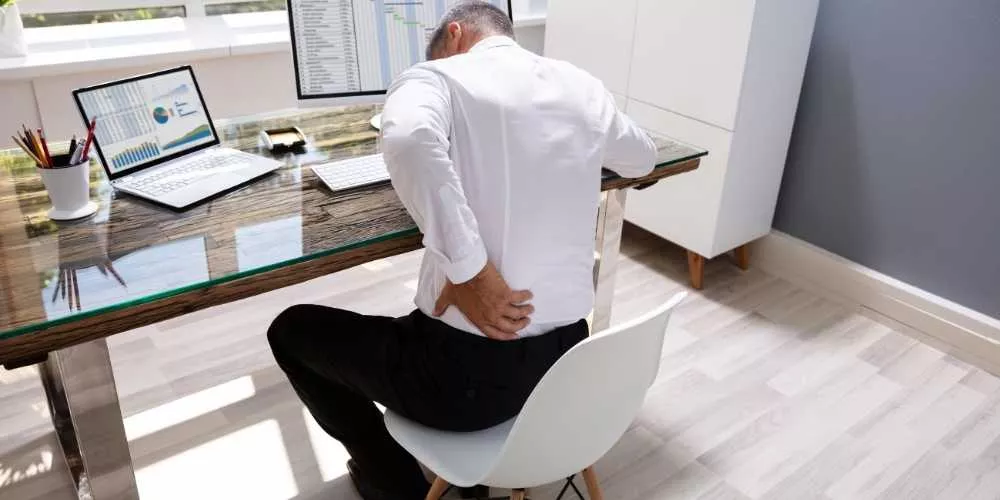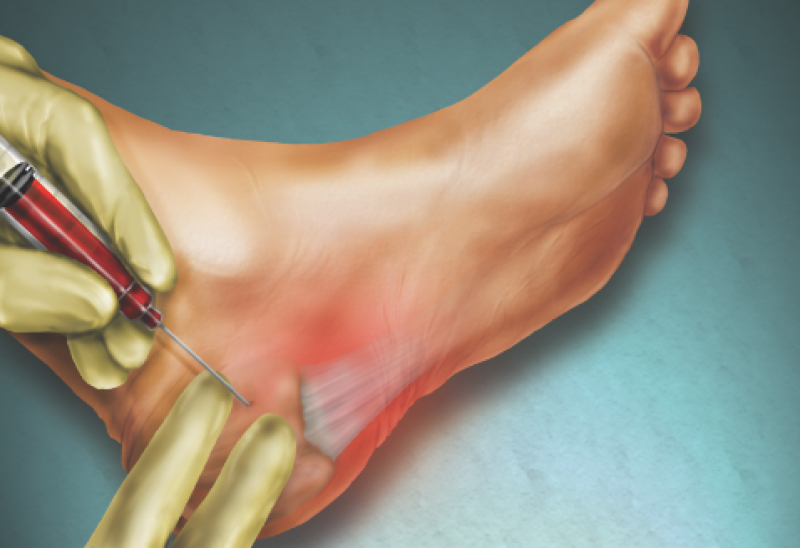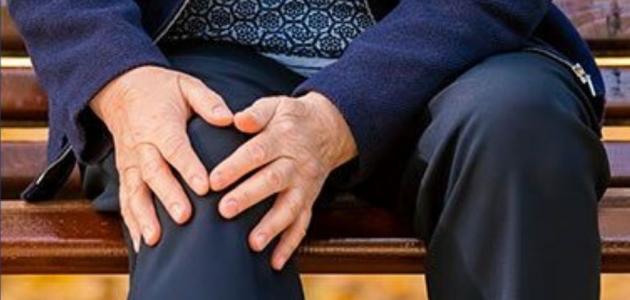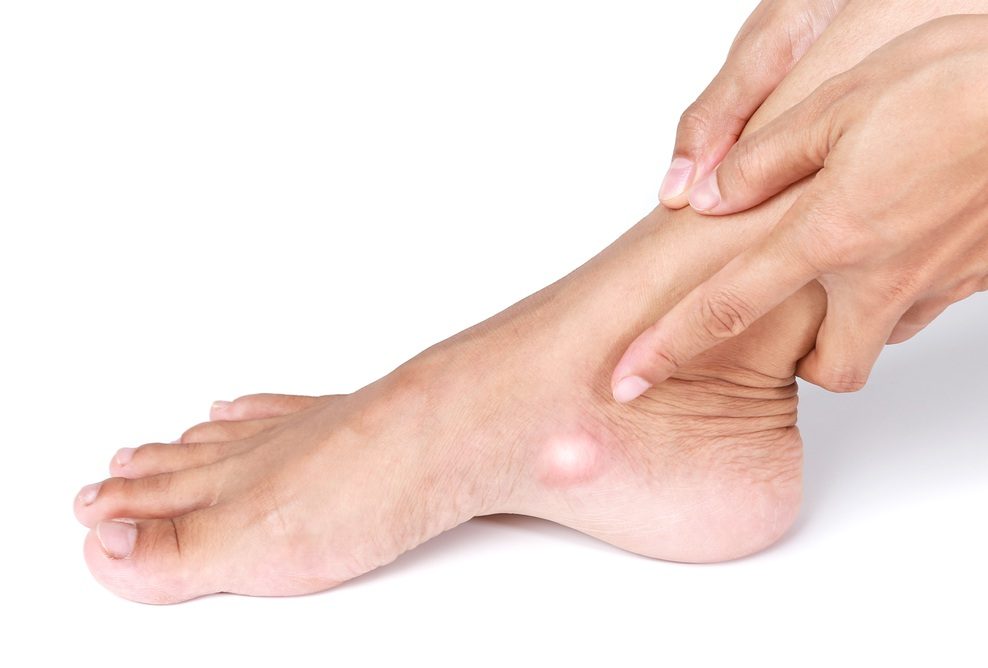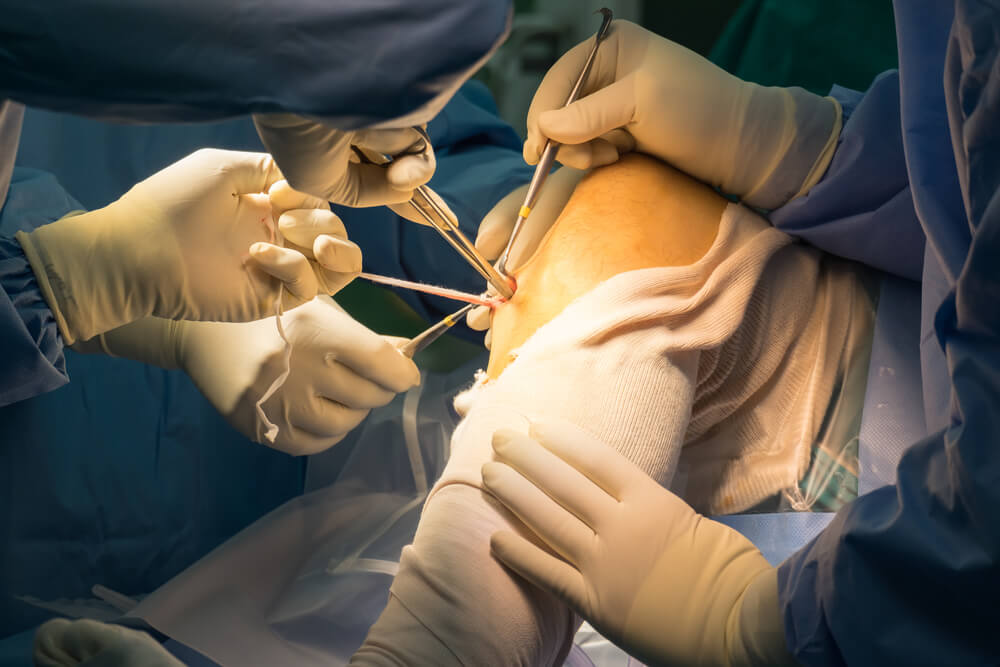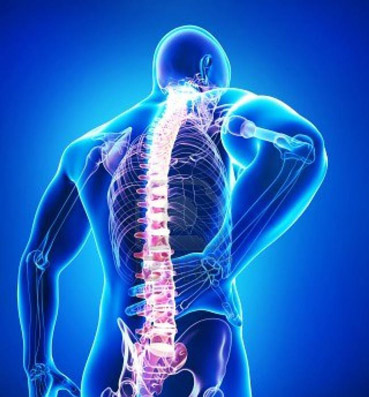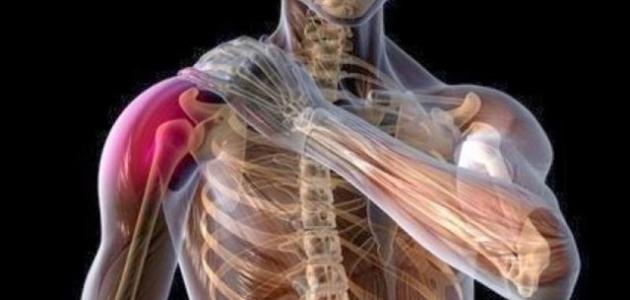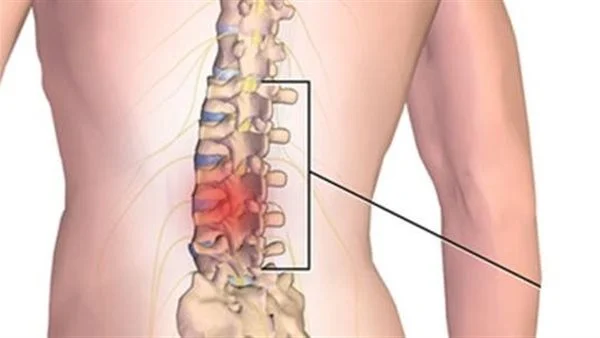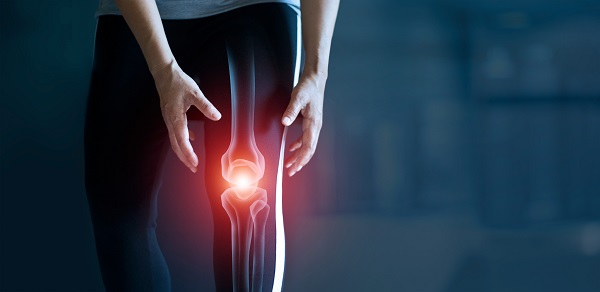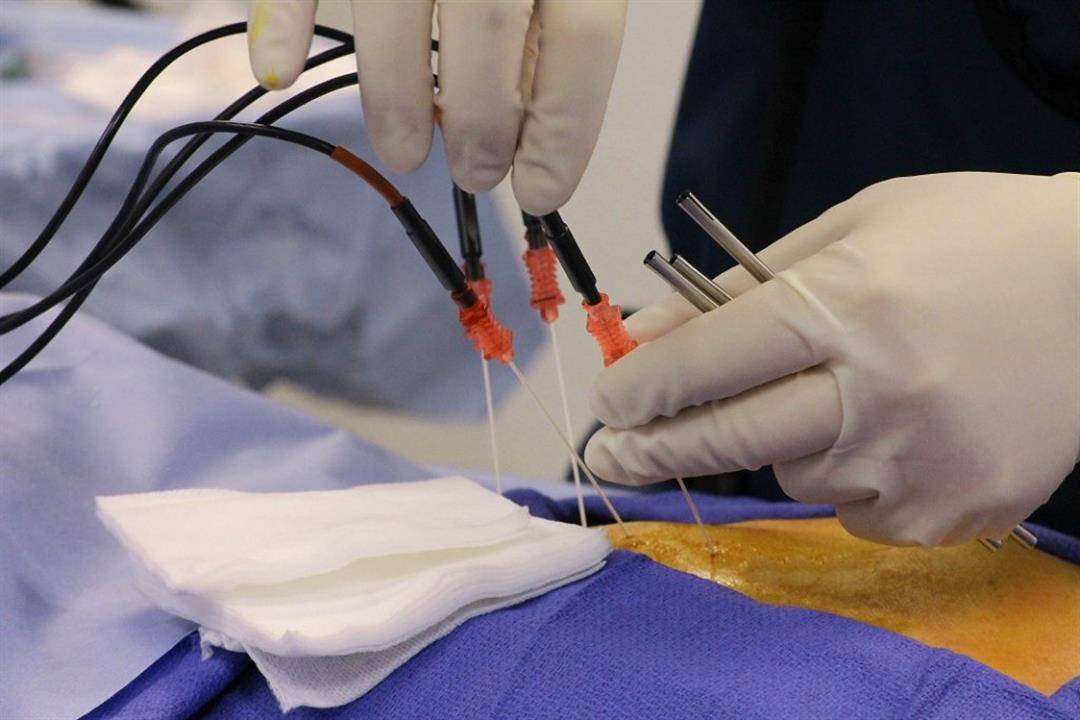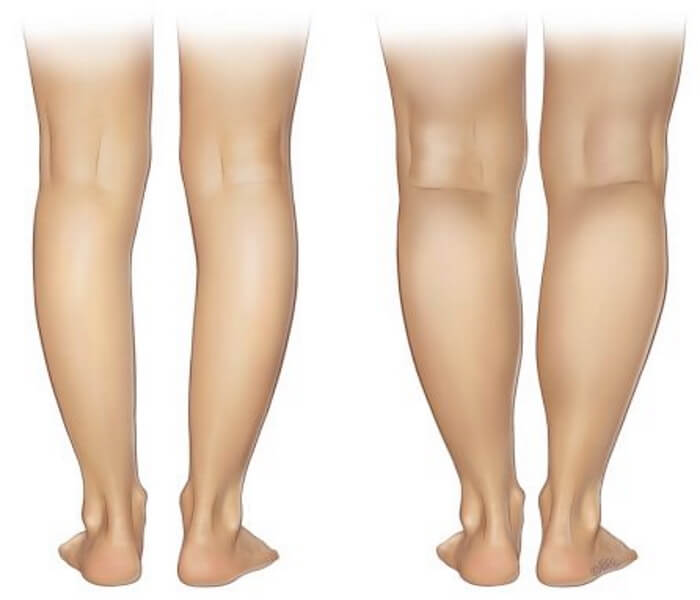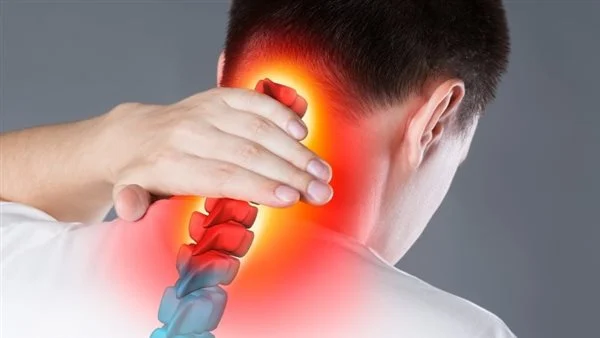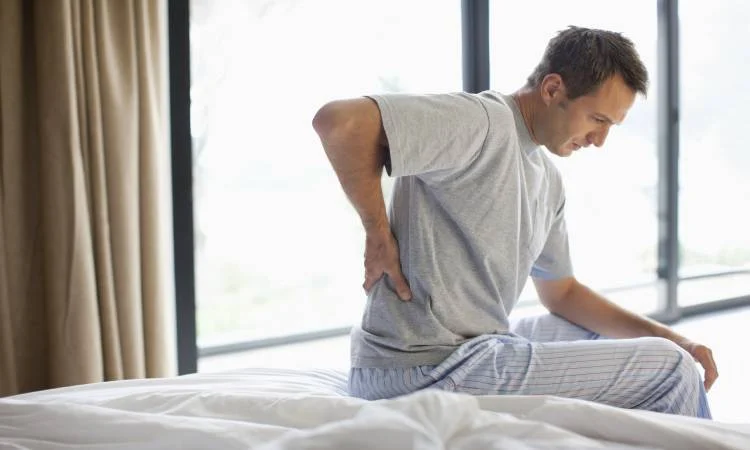What Is a Herniated Disc? Can It Be Cured?
What Is a Herniated Disc?
Here is a list of the most common causes and available treatments for a herniated disc:
Causes:
- Lifting heavy objects with improper back posture.
- Twisting the lower back incorrectly.
- Sudden traumatic injury to the lower back.
- Changes occurring in the body and around the spinal cord during pregnancy.
- Previous or recent injuries to the lower back.
Symptoms:
- Pain in the lower back, hips, and buttocks.
- Muscle weakness and numbness.
- Difficulty in movement, bending, and kneeling.
- Leg pain that radiates down to the feet.
Available Treatments:
- Physical therapy: Includes exercises to strengthen core muscles, improve flexibility, and enhance body posture.
- Medication therapy: Pain relievers and non-steroidal anti-inflammatory drugs (NSAIDs) may be prescribed to alleviate symptoms.
- Occupational therapy: Aims to teach you how to use your body correctly to reduce pain and improve the quality of life.
- Rest and reducing painful activities: It’s essential to rest when experiencing pain and reduce activities that worsen the pain.
- Surgical treatment: Considered as a last resort if other treatments are ineffective, it involves the removal or repair of the damaged disc.
It is crucial to consult your doctor before pursuing any herniated disc treatment to diagnose the condition and guide you toward the most suitable treatment option. The information and medical research shared in this article may have been compiled from online sources and may not have strong scientific support.
Can a Herniated Disc Fully Heal?
A herniated disc, often a painful and troublesome condition, may offer some hope for full recovery with proper treatment and ongoing care. In this article, we’ll explore some common questions about lumbar herniated discs and the possibility of complete recovery. Can a herniated disc fully heal? Let’s find out in the following points:
- What Is a Lumbar Herniated Disc? A lumbar herniated disc is a condition related to damage to the spinal disc in the lumbar spine, resulting in a change in the disc’s position and irritation of surrounding nerves. This damage can occur due to excessive muscle strain, injury, or the natural aging process.
- Can a Lumbar Herniated Disc Fully Heal? The potential for full recovery from a lumbar herniated disc depends on several factors, including the severity of the injury and its location within the spinal column, as well as the treatment approaches employed.
- Treatment Methods for Lumbar Herniated Discs Treatment methods for lumbar herniated discs may include the following:
- Medication therapy: This involves using pain relievers, anti-inflammatory drugs, and treatments that aid in tissue regeneration.
- Physical therapy: This includes exercises designed to strengthen the muscles around the spine and improve flexibility.
- Interventional procedures: These procedures are used to relieve pain and improve spinal mobility by injecting specific medications into the affected area.
- Surgery: Surgeons may recommend surgery in cases of severe lumbar herniated discs or when other treatments are ineffective.
- Preventing Lumbar Herniated Discs To prevent lumbar herniated discs, you can follow some important guidelines, such as:
- Maintaining good posture while sitting and standing.
- Avoiding improper lifting of heavy objects.
- Maintaining a healthy and balanced weight to reduce pressure on the spine.
- Engaging in appropriate exercises to strengthen core muscles.
In general, lumbar herniated discs may require long-term treatment and ongoing care. However, with proper attention and following medical guidance, full recovery may be possible. Patients should consult specialized medical professionals to diagnose their condition and apply the appropriate treatment. There is always hope for regaining health and complete recovery from lumbar herniated discs.
What Are the Symptoms of a Lumbar Herniated Disc?
Lumbar herniated discs are a common medical condition that many people in middle age may experience. A lumbar herniation occurs when the disc between the vertebrae shifts and puts pressure on the surrounding nerves, leading to various symptoms. Here are some common symptoms that may indicate the presence of a lumbar herniated disc:
- Lower back pain and numbness: A person may experience sharp or heavy pain in the lower back due to the pressure on nerves in this area.
- Pain radiating to the legs: Pain may extend to the legs, and the person may feel tingling or numbness in this area as well.
- Increased pain at night or with certain movements: Some individuals may notice that their pain intensifies at night or during specific movements or daily activities.
- Leg stiffness or lower back rigidity: Some people may experience stiffness in their legs or a sensation of rigidity in the lower back area.
- Pain when pressing on the lower back area: The person may feel pain or discomfort when pressing on the lower back area.
- Thigh pain: Pain may radiate from the back to the thigh due to irritation of the nerves surrounding the herniated cotton disc.
Although the symptoms of a lumbar herniated disc can be painful and distressing, they can be successfully managed with appropriate treatment. Initial treatment includes pain relief through rest and back care, and physical therapy and strengthening the surrounding muscles may be part of the treatment plan. In more advanced cases, surgical treatment may be necessary.
People experiencing symptoms of a lumbar herniated disc should visit a doctor for an accurate diagnosis and an appropriate treatment plan. It is also recommended to avoid strenuous activities that increase pressure on the back and maintain good body posture while sitting and sleeping to prevent lumbar herniated discs.
Is Lumbar Herniated Disc Serious?
Lumbar herniated disc is a common condition among individuals with disc degeneration in the lumbar spine. The deterioration of the disc leads to tearing and the soft disc material protruding and pressing on nerves.
Serious complications can occur if lumbar herniated discs are not treated properly and in a timely manner. Among the potential complications are:
- Chronic back pain: Patients may experience chronic pain in the back, affecting their daily quality of life.
- Permanent nerve damage: Continuous pressure on the nerves can lead to permanent nerve damage, affecting the functions of associated organs.
- Weakness and inability to move and perform daily activities: Lumbar herniated discs can result in muscle weakness and difficulty in movement and performing daily activities normally.
- Leg paralysis: In rare cases, lumbar herniated discs can lead to leg paralysis, requiring urgent medical intervention.
For successful treatment of lumbar herniated discs, it is crucial to begin treatment as soon as possible. Treatment depends on the degree of herniation and the patient’s symptoms and may include:
Non-surgical treatment: Non-surgical treatment options include strengthening the back muscles, improving proper sitting and standing postures, physical therapy, and the use of anti-inflammatory medications and pain relievers. Surgical treatment: Surgical treatment is used in cases of severe lumbar herniated discs that cause severe weakness or nerve dysfunction. Surgical procedures may involve removing the damaged portion of the herniated disc, and open surgery or minimally invasive surgery may be used in some cases.
People experiencing chronic back pain or symptoms of lumbar herniated discs should consult a medical specialist. Accurate diagnosis and immediate treatment can help avoid serious complications and improve the quality of life.
Can Lumbar Herniated Discs Cause Paralysis?
Lumbar herniated discs are a common issue affecting many individuals. This condition involves the displacement and accumulation of disc material in the lumbar spine. An important question that arises is whether this herniation can lead to paralysis. In this article, we will shed light on this matter and explore to what extent the symptoms and complications of this herniation can worsen.
Impact of Lumbar Herniated Discs on the Spine: The lumbar spine is the most common site for herniated discs to occur. Generally, lumbar herniated discs can lead to chronic pain in the back and surrounding areas.
Can Lumbar Herniated Discs Lead to Paralysis? In rare cases, lumbar herniated discs can potentially lead to paralysis. This can happen when the herniation compresses nerve signals responsible for controlling functions like urination, which can result in muscle dysfunction.
Can Lumbar Herniated Discs Return to Normal? In cases where the condition does not respond to appropriate treatment or deteriorates significantly, it may be challenging to restore nerve function. In such instances, the individual may continue to experience paralysis in the chest and lower extremities.
Treatment Measures for Severe Cases: In severe cases that lead to paralysis, doctors may recommend the following measures:
Herniated disc surgery: In some cases that do not improve with non-surgical treatments, surgical intervention may be required to restore nerve function. Physical therapy: Physical therapy and training of the muscles surrounding the back can support the recovery of bodily functions and overall condition.
Despite the fact that lumbar herniated discs in the back can cause chronic back pain, in rare cases, it can also lead to paralysis. It is advisable to seek appropriate medical intervention and consultation in cases of worsening symptoms and the appearance of numbness or weakness in the lower limbs. Treatment may require surgery or physical therapy to recover and enhance the function of the affected nerve and alleviate accompanying symptoms.
What Is the Treatment for Lumbar Herniated Discs?
Lumbar herniated discs are a common condition that affects many people. This herniation causes back pain and nerve-related symptoms. It is essential to find the appropriate treatment to address this issue and improve the quality of life.
In this article, we will take a look at some effective treatments that can be used for lumbar herniated discs:
- Rest: Rest is one of the most important treatments for lumbar herniated discs. Patients should take an adequate amount of rest and avoid engaging in any strenuous physical activity. Bed rest may be used for relaxation for a couple of days if possible.
- Medication: Medication can be helpful in reducing pain and inflammation associated with lumbar herniated discs. Doctors may prescribe medications such as non-steroidal anti-inflammatory drugs (NSAIDs) and pain relievers to alleviate symptoms.
- Physical Therapy: Physical therapy is a crucial part of the treatment plan for lumbar herniated discs. Engaging in exercises and rehabilitation exercises guided by a physical therapist can help strengthen muscles and improve spinal flexibility.
- Heat and Cold Therapy: Heat and cold can be used as tools to relieve pain associated with lumbar herniated discs. Warm wax or localized ice packs can be used to alleviate painful symptoms.
- Gradual Movement: Gradual movement and activity can be beneficial in treating lumbar herniated discs. Patients should start with gradual exercises and avoid overloading the back initially.
- Surgery: In severe and advanced cases of lumbar herniated discs, surgical intervention may be considered. Typically, the protruding part of the herniated disc is removed or replaced with artificial discs.
Natural treatments can be effective and safe for treating lumbar herniated discs, but consultation with a physician is essential before using any treatment. Complying with a healthy lifestyle and adhering to the principles of physical therapy are also crucial aspects of treatment. Treatments may take some time to show improvement, so patience and following the advice and treatments provided by the medical team are important.
Is Lumbar Spondylitis Serious?
Here is a list that illustrates whether lumbar spondylitis is serious or not:
Impact of Symptoms: Lumbar spondylitis can be painful and cause problems with mobility and daily activities. In cases of chronic and untreated spondylitis, the condition may progress and worsen the severity of symptoms.
Interference with Daily Life: Symptoms resulting from lumbar spondylitis may affect a person’s ability to perform everyday activities normally, such as lifting heavy weights or sitting for extended periods. This can have a negative impact on personal and professional life.
Development of Chronic Problems: If lumbar spondylitis is not treated properly, chronic problems may develop over time. Mobility and daily activities may be affected, and the severity of symptoms may increase, requiring more treatment and medical care.
Impact on the Spine: Lumbar spondylitis can affect the overall health of the spine. It can lead to vertebral shrinkage and cartilage degeneration, contributing to increased problems and symptoms.
Impact on Social Life: Symptoms resulting from lumbar spondylitis may impact a person’s social life. They may struggle to participate in social and preferred sports activities due to pain and limited mobility.
Effect of Treatment: Patients with lumbar spondylitis may require long-term treatment and ongoing care. This may involve medication, physical therapy, and lifestyle changes. This means that the patient needs to adhere to continuous treatment to control symptoms and prevent the development of chronic problems.
While lumbar spondylitis can be painful and disrupt daily life, it is not necessarily serious in all cases. It depends on the degree of disease progression and its impact on the individual. Consulting a specialist physician for an accurate diagnosis and selecting the appropriate treatment is essential to alleviate symptoms and control chronic problems.
Does Massage Help with Herniated Disc?
Herniated discs are a common condition that affects the spine, causing severe pain and pressure on the nerves. When searching for treatments to assist with this issue, the question arises: does massage help with herniated disc? Let’s explore this topic in detail in this informative text.
Types of Massage That Can Assist with Herniated Disc: Therapeutic massages are among the most popular natural treatments for alleviating pain and tension in the muscles and tissues surrounding the herniated disc. Here are some types of massage that can help alleviate herniated disc symptoms:
- Gentle Massage: Gentle massage is directed towards the tissues surrounding the affected area. It increases blood circulation, muscle flexibility, and range of motion to alleviate pain and improve the condition.
- Deep Tissue Massage: Deep tissue massage applies strong pressure to deep muscles and soft tissues to relieve muscle tension and increase flexibility in the tissues surrounding the herniated disc.
- Trigger Point Massage: Trigger point massage techniques are applied to help relieve pain, stimulate the nervous system, and activate the body’s natural healing mechanisms.
Benefits of Massage for Herniated Disc: Although massage does not directly address the herniated disc itself, it has positive effects on the surrounding tissues. Here are some potential benefits of massage in cases of herniated disc:
- Increased Blood Flow: Massage helps increase blood flow to the affected area, promoting tissue nourishment, rejuvenation, and accelerating the healing process.
- Improved Flexibility and Range of Motion: Massage can relieve muscle spasms in the tissues surrounding the herniated disc, increasing their flexibility and range of motion.
- Stress and Pain Reduction: Massage can alleviate tension and pain in the muscles and tissues surrounding the affected area, contributing to the relief of herniated disc symptoms.
Caution Is Advised: Despite the benefits of massage in alleviating herniated disc symptoms, some important points should be considered:
- Consultation with a Physician: It is essential to consult a physician before starting any massage therapy to ensure it is suitable for your condition and does not conflict with other treatments or existing health issues.
- Comprehensive Treatment: Massage should be used as part of a comprehensive treatment program that includes necessary medical treatment and physical rehabilitation exercises.
- Avoid Direct Massage on the Herniated Disc: Direct massage on the herniated disc should be avoided, as it can increase pressure on the disc and worsen symptoms.
In conclusion, while massage can offer relief from herniated disc symptoms, it should be approached with caution and as part of a broader treatment plan under the guidance of a healthcare professional.
In conclusion, massage can be effective in relieving herniated disc symptoms by increasing blood circulation, muscle flexibility, and improving range of motion. However, it is advisable to consult a physician before starting any massage therapy and incorporate it into a comprehensive treatment program to ensure safe and effective recovery.
How Should a Herniated Disc Patient Sleep?
Patients with herniated discs often experience severe back pain and have difficulty sleeping due to this health condition. Therefore, herniated disc patients need to know the proper way to sleep that helps them rest comfortably and reduce the pain they suffer from. In this article, we will highlight the best sleeping positions for herniated disc patients.
- Sleeping on the Back: The correct way to sleep for herniated disc patients is to lie on their back. A comfortable pillow should be placed under the head and neck to support the upper body. A small pillow can also be placed under the knees to facilitate spine alignment and reduce pressure on the spinal discs.
- Sleeping on One Side in the Fetal Position: For patients with a herniated disc, sleeping on one side of the body in the fetal position can be beneficial. This position may help alleviate pain and increase comfort during sleep. Placing a pillow between the knees supports the hip joint and maintains spinal alignment.
- Avoid Sleeping on the Stomach: Avoiding sleeping on the stomach can be helpful for patients with a herniated disc, as this position can exert excessive pressure on the spine and spinal discs, leading to increased pain and tension.
- Using Supportive Pillows: Herniated disc patients can use supportive pillows to obtain the necessary support while sleeping. Special pillows can be used to support the neck, back, knees, and other affected areas. These pillows help provide balance and comfort to the spine.
- Choosing the Right Mattress: The proper mattress incline plays a crucial role in improving the quality of sleep for herniated disc patients. It is essential to select a mattress of suitable firmness that supports the spine and contributes to balance and comfort during sleep.
It is necessary for patients to continue communicating with their healthcare professionals and seek their advice before adopting any sleeping method. Trying different sleeping positions and pillows can help patients determine what suits them best and assists them in avoiding pain and tension during sleep.
